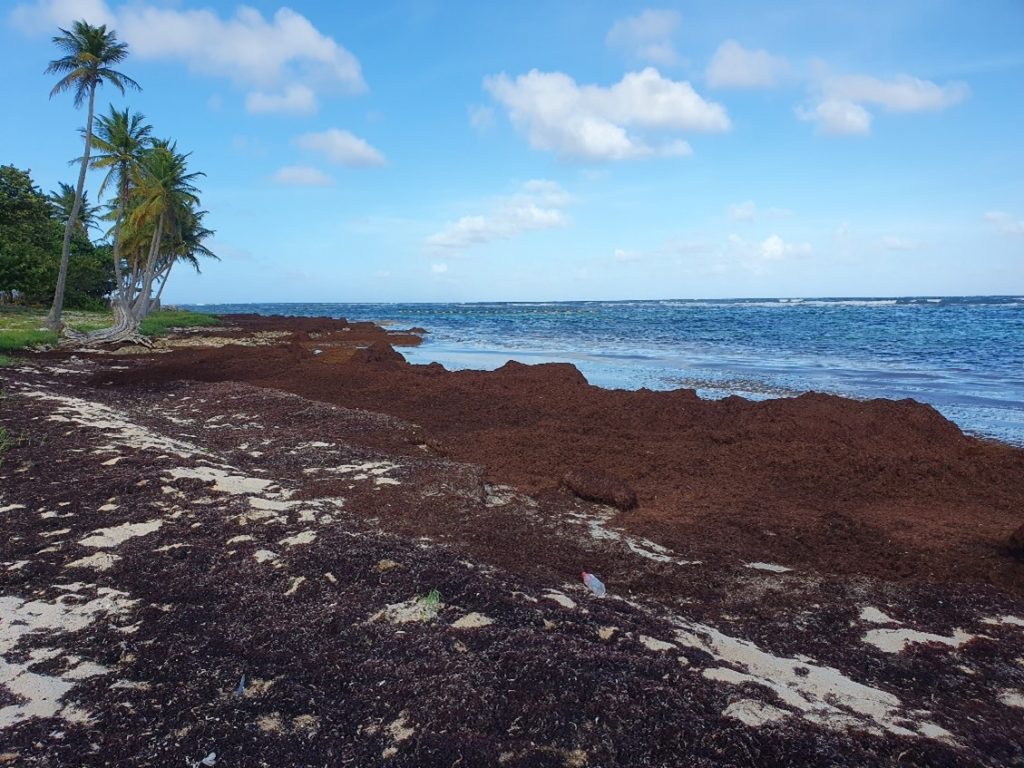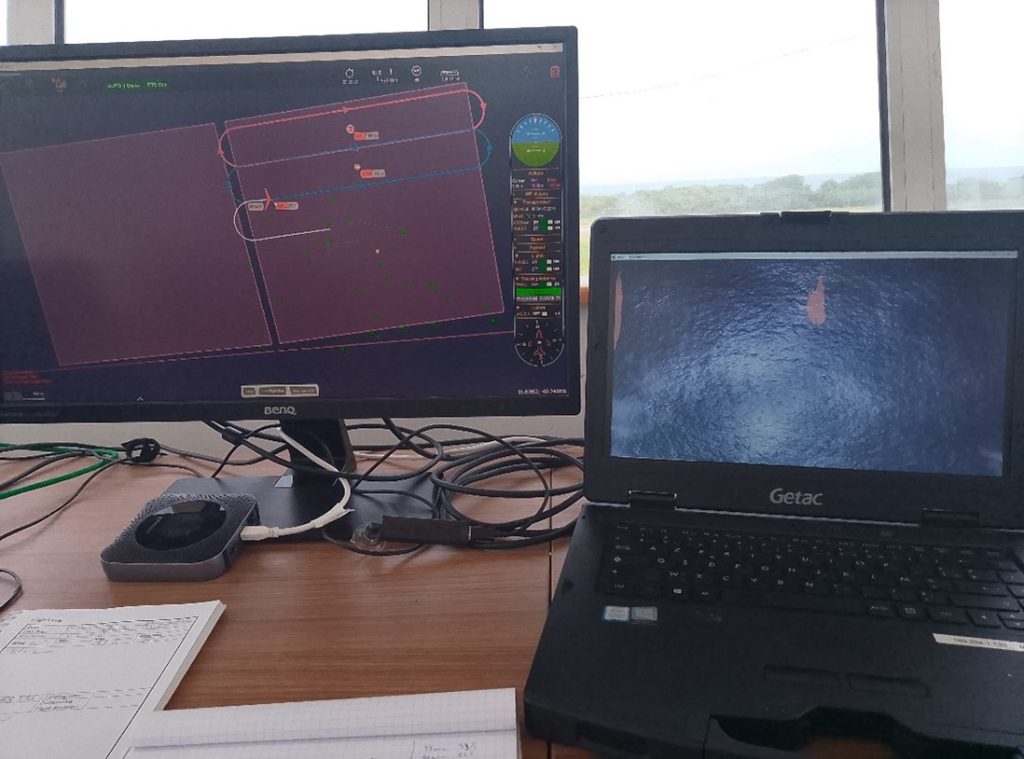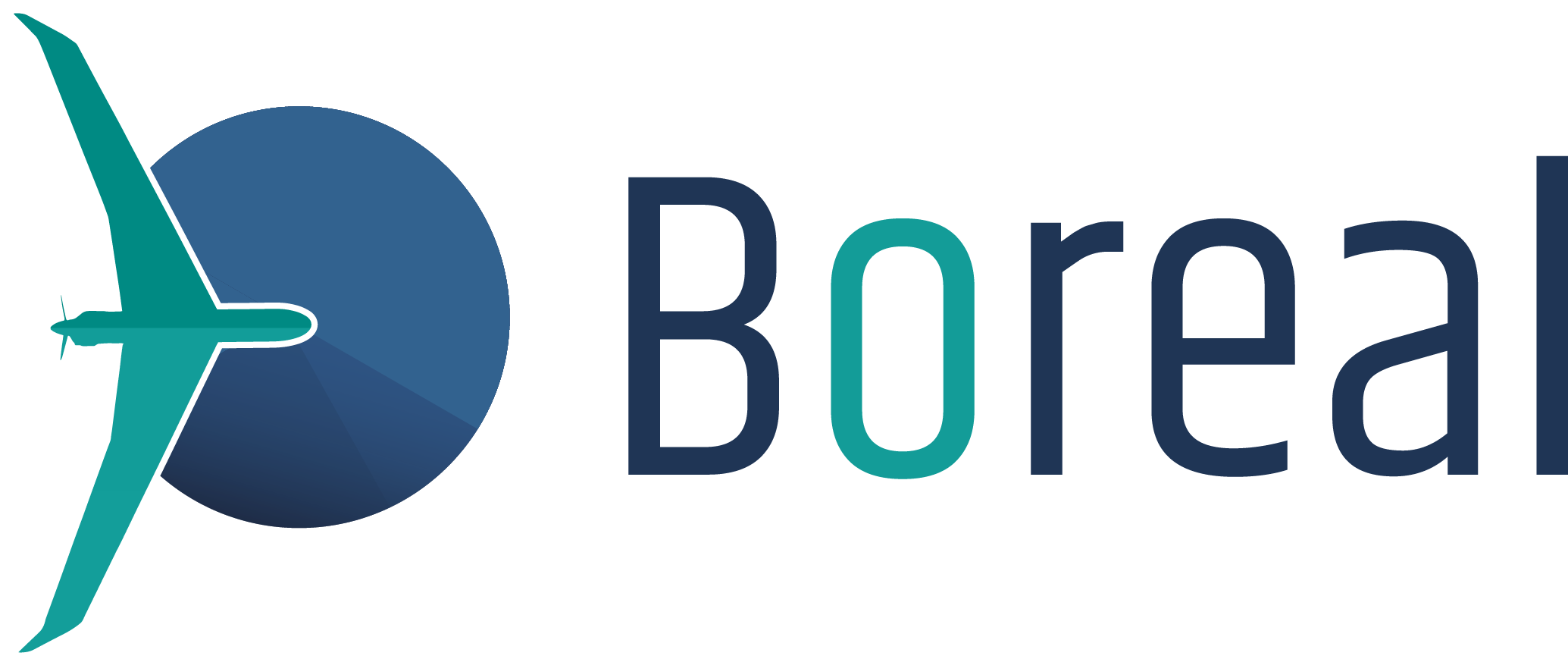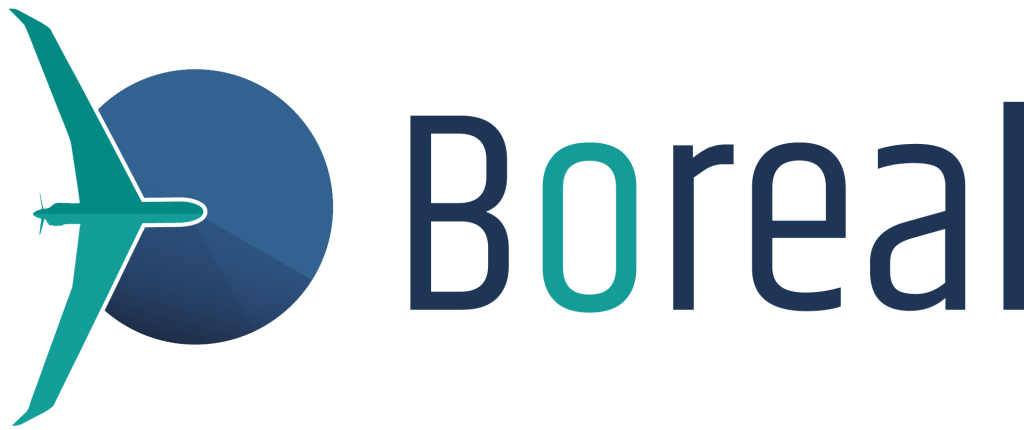Press release, July 01, 2025
Last May, a groundbreaking ocean surveillance mission beyond the 12-nautical-mile limit was carried out off the coast of Marie-Galante (Guadeloupe). For this operation, Météo-France called upon M3 Systems and Extensee, expert in drone services and holder of a contract with UGAP, France’s leading public procurement agency
Carried out with M3 Systems’ BOREAL drone, this mission aimed to collect data on sargassum blooms—a now recurrent phenomenon that, in some areas, leads to seaweed strandings exceeding 100,000 tons along 100 kilometers of coastline.
Sargassum has major harmful impacts on the environment, fishing, tourism, and, most importantly, public health. As it decomposes, the stranded seaweed releases toxic and irritating gases, and chronic exposure poses a heightened health risk for nearby populations.
It is within this context that the campaign conducted last May took place, with financial support from the French Ministry for Ecological Transition. It is part of the second “Sargassum Plan,” launched in 2022 by the French government, following the initial “Sargassum Plan” introduced in 2018 to address the massive strandings in the French Caribbean.
This campaign marks a first in France and a major step forward in the use of drones for scientific missions in offshore areas. To make this possible, M3 Systems and Extensee worked together to secure the necessary authorizations in coordination with the French Civil Aviation Authority (DGAC/DSAC).
Their collaboration involved conducting detailed ground and flight risk analyses, drafting aeronautical protocols, establishing temporary restricted (ZRT) and danger (ZDT) zones, and obtaining a Light Special Authorization (LSA) for the successful integration—and in-flight demonstration—of a certified Mode S / ADS-B OUT TSO transponder onboard the drone. The entire operation followed safety standards aligned with manned aviation, ensuring the highest level of operational security for this pioneering mission.
Following an intensive preparation phase, the teams embarked on a three-week deployment. More than just a mission, it was the culmination of a strong partnership between M3 Systems and Extensee, built on complementary expertise and and the effective coordination between the teams.
The support of the DGAC/DSAC—with its technical know-how and dedication to innovation—was key to the success of this project. This flight is a clear demonstration of France’s ability to combine high-end technology with strict regulatory compliance. The mission also highlights the value of the UGAP framework, which facilitates access for public-sector actors to advanced technological solutions that support scientific research and environmental protection.







